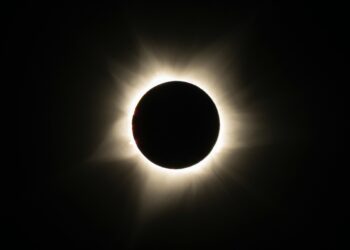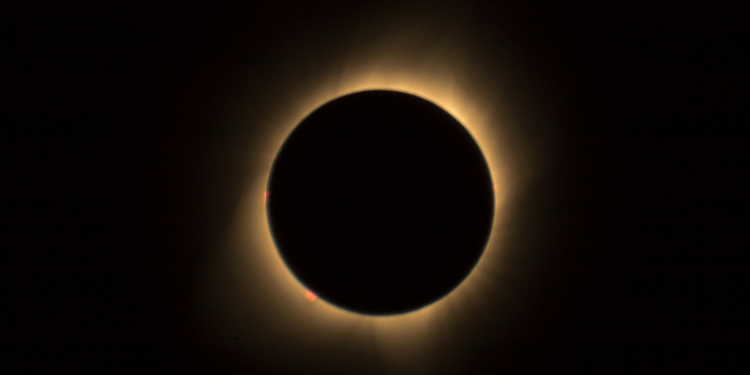The rare occurrence of a solar eclipse captivates audiences worldwide, igniting anticipation and awe each time it graces the skies.
Excitement mounts in Mexico, the U.S., and Canada as millions eagerly await Monday’s total solar eclipse, a celestial event of unparalleled beauty.
Expected to traverse the Pacific Ocean, the eclipse will journey over northern Mexico, sweep across the U.S. from Texas to Maine, graze southeast Canada, and conclude over the North Atlantic.
During the eclipse, the moon will position itself between the earth and the sun, casting a mesmerizing shadow and transforming daylight into twilight.
Observers will witness a breathtaking sight as the moon fully obscures the sun’s face, revealing a radiant ring of fire encircling its silhouette.

Eclipse enthusiasts from around the globe converge to experience what NASA describes as a “cosmic masterpiece,” evoking a sense of reverence for the vast beauty of the universe.
The last total solar eclipse in the U.S. occurred in August 2017, while Mexico experienced it in 1991 and Canada in 1979. The next opportunity for North America will not arise until 2044.
Despite the excitement, weather forecasts indicate cloud cover, rain, and storms across the U.S., with optimal viewing conditions expected in the northeastern states.
Collaborating with NASA, scientists employ aircraft and balloons to observe, document, and measure the solar eclipse, contributing valuable insights to our understanding of celestial phenomena.
The eclipse will commence its journey at 11:07 a.m. (2009 GMT) along Mexico’s Pacific coast, marking the beginning of an extraordinary celestial display.whenever it is seen.

















